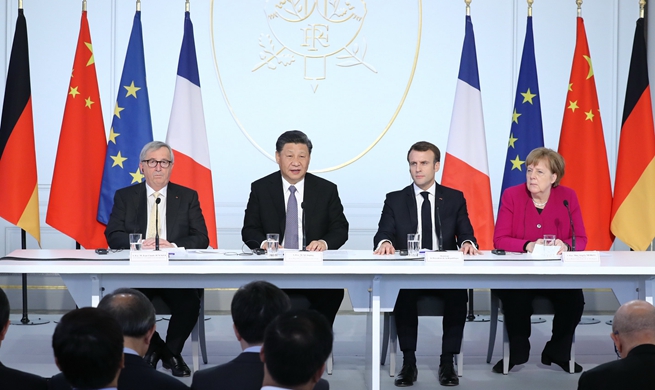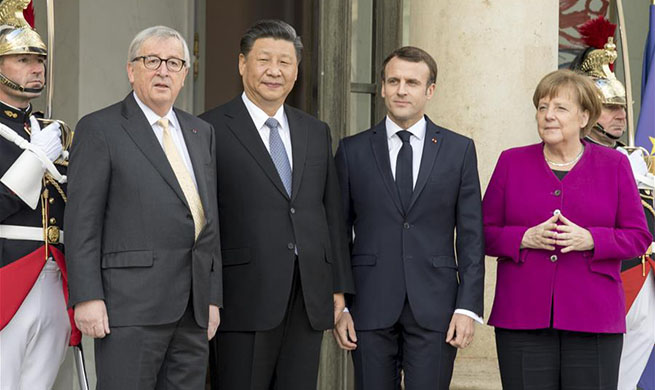KUALA LUMPUR, March 27 (Xinhua) -- Malaysia's mobile payments saw its total purchase transactions surged 20 times to 23.7 million, underpinned by non-bank players, its central bank said on Wednesday.
"We expect the mobile payment to continue to gain momentum with further acceleration in the migration to e-payments," its governor Nor Shamsiah Mohd Yunus told a press briefing.
After implementing instant payments in December last year, the central bank will launch unified QR code for merchants to accept payments in the second half.
According to the bank's annual report, total mobile payments made for purchase transactions jumped to 23.7 million last year from merely 1.2 million in 2017, with an average transaction value of 23 ringgit 80 sen (about 5.84 U.S. dollars).
Non-banks players accounted for 88.4 percent of these transactions, as they have been aggressively embarked on merchant acquisitions and marketing initiatives to attract new users.
Last year, the number of non-bank e-money issuers offering mobile payment solutions surged to 47, from 37 in 2017.
Meanwhile, the number of subscriptions to non-bank mobile payment services increased significantly to 10.4 million last year, from 0.8 million in 2017.
Non-banks processed a total of 31.3 million mobile payment transactions during the year valued at 1.3 billion ringgit (318.9 million U.S. dollars), compared with 1 million transactions and 240.3 million ringgit (58.9 million U.S. dollars) in 2017.
Financial transactions made via the mobile channel also continued to gain traction last year, with the total transactions more than doubled to 257.4 million valued at 100.1 billion ringgit (24.5 billion U.S. dollars) from a year ago.
Alipay and WeChat Pay, the two Chinese digital payment services offered by tech giant Alibaba and Tencent respectively, have made inroad into Malaysia.
Malaysian Finance Minister Lim Guan Eng told an event hosted by WeChat Pay on Tuesday that he believed that such Chinese companies can help digitalize payments in Malaysia and create an environment conducive for big data analytics and other technologies, while foster fertile ground for further innovation to take place.













